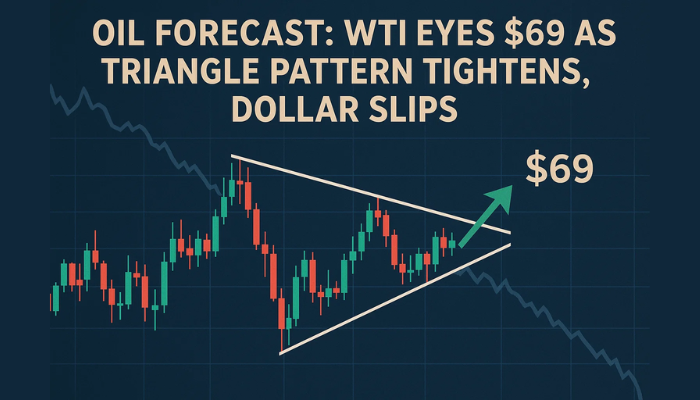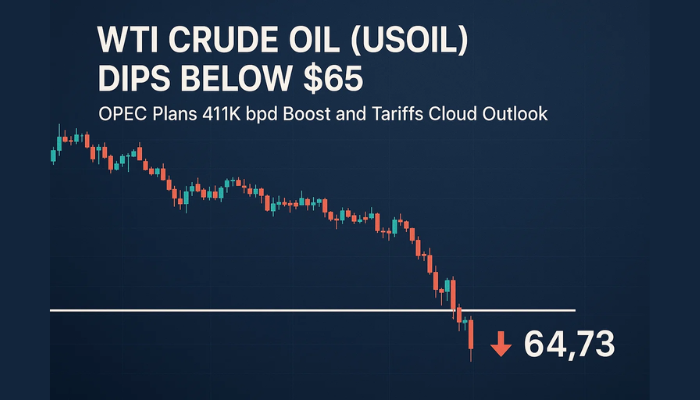Oil Prices Fluctuate Amid Middle East Tensions and Market Uncertainty
Oil prices experienced significant volatility on Monday, reflecting a broader selloff in global equities and compounded by geopolitical

Oil prices experienced significant volatility on Monday, reflecting a broader selloff in global equities and compounded by geopolitical tensions in the Middle East.

While fears of a U.S. recession dampened market sentiments, concerns about potential conflicts in the Middle East helped mitigate further losses in oil prices.
🇰🇷South Korean shares fell for a second straight session on Monday, with trading curbs activated for the first time in four years, as risk appetite dampened across global financial markets on U.S. recession fears.
— A.Tomarelli (@adri_relli) August 5, 2024
Market Turbulence and Oil Price Dynamics
Global stock markets saw sharp declines, extending from Asia to North America, as investors moved away from riskier assets.
HUGE PREDICTIONS made in 2023 itself-
Sadly,
“USA to be responsible for global economic turmoil in 2024!” 💔“Some countries could be the trouble-makers”
“Indian & Global stock markets will take a hit multiple times and surf in the red zone.” 📈 pic.twitter.com/EbHt01DF7x
— Sanjay B Jumaani (@sanjaybjumaani) August 5, 2024
The sentiment was heavily influenced by expectations of substantial rate cuts by the Federal Reserve to bolster U.S. economic growth.
Phil Flynn of Price Futures Group noted, “The stock market’s drop post-Friday jobs report suggests the market believes the Fed is lagging in addressing economic pressures.
“Amidst the market turmoil, the oil sector remained watchful over the Middle East. Tensions escalated following the assassination of Hamas leader Ismail Haniyeh in Tehran, raising fears of a broader conflict that could disrupt oil supplies.
Israel and the U.S. are preparing for possible retaliatory actions by Iran and its allies, Hamas and Hezbollah, which could further destabilize the region.
Geopolitical Tensions Influence Oil Markets
The potential for a quick escalation in the Middle East has oil traders on edge. John Kilduff, a partner at Again Capital LLC, expressed concerns about the impact of these tensions on oil prices.
“If the situation in the Middle East resolves quickly, we might see oil prices join the downward trend. However, if it escalates, prices could spiral unpredictably,” he explained.
Additionally, a decline in diesel consumption in China, which is a major driver of global oil demand, added to the pressures on oil prices, reflecting broader economic challenges that could influence global markets.
Technical Outlook for Crude Oil
The current technical analysis of USOIL shows a slightly bearish trend with the price at $74.11, down by 0.08%.
Key price levels to watch include a pivot point at $74.48, with resistance levels at $76.22, $77.64, and $78.80. Support levels are identified at $72.72, $71.61, and $70.18.

The 50-day Exponential Moving Average (EMA) stands at $74.99, while the 200-day EMA is at $77.54, suggesting that the bearish trend might persist below $74.48.
However, a breakthrough above this point could signal a shift towards a bullish market stance.
As global events continue to unfold, investors and traders remain cautious, closely monitoring both economic indicators and geopolitical developments to gauge their potential impact on oil prices.
- Check out our free forex signals
- Follow the top economic events on FX Leaders economic calendar
- Trade better, discover more Forex Trading Strategies
- Open a FREE Trading Account


